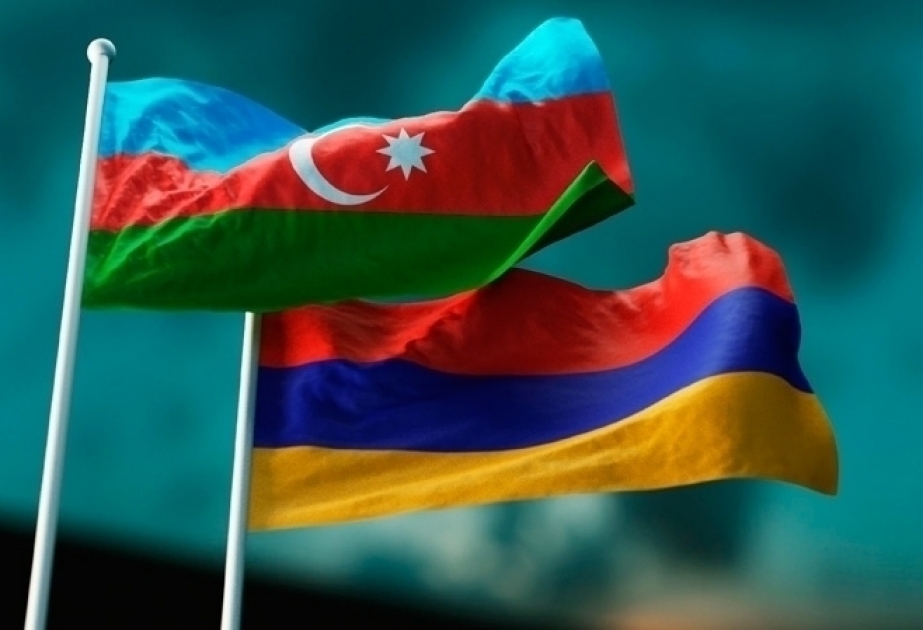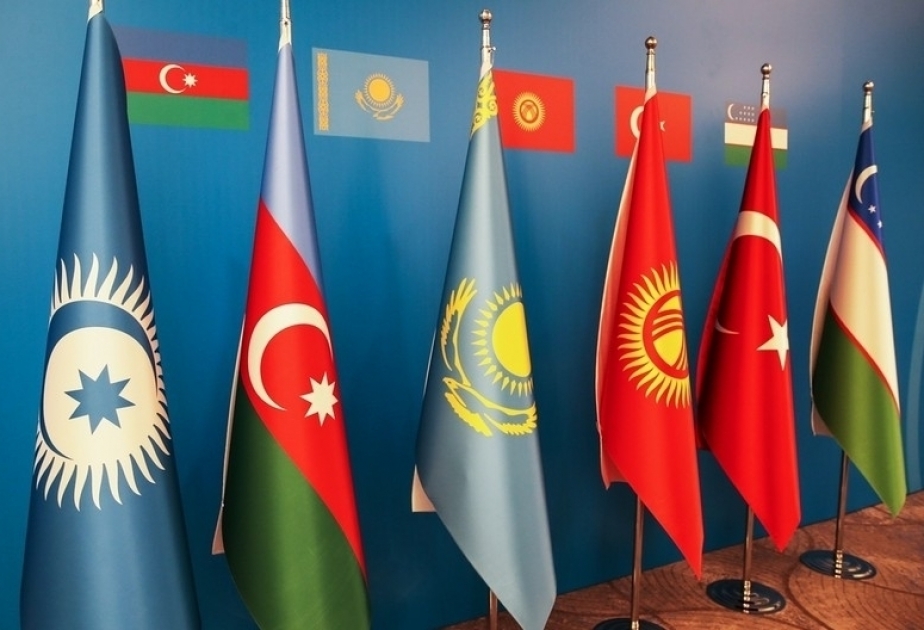POLITICS
The London Post issues article on ecological disaster in Nagorno-Karabakh
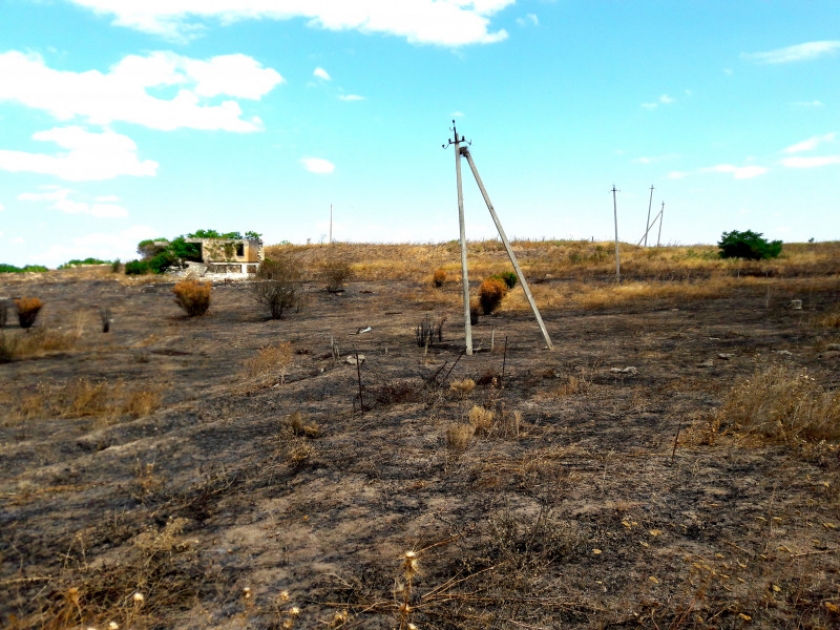
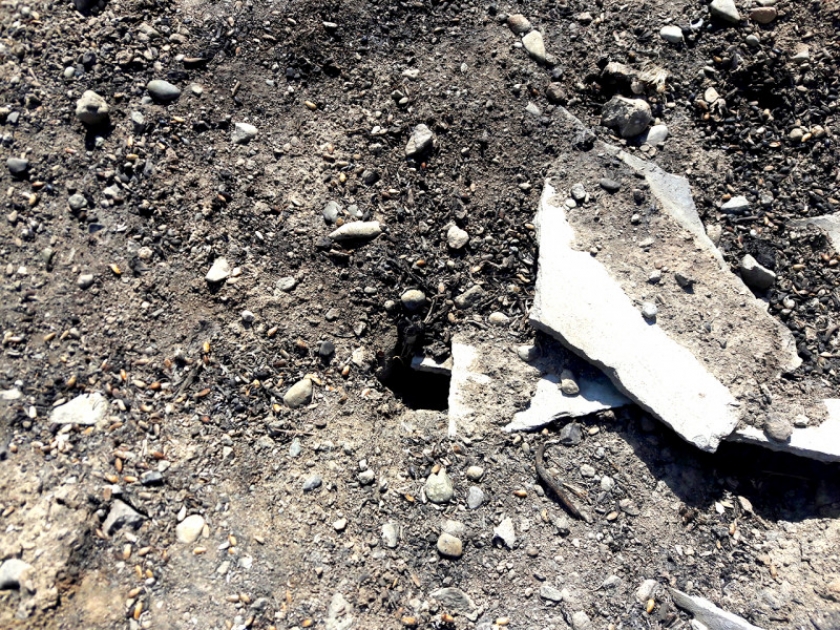
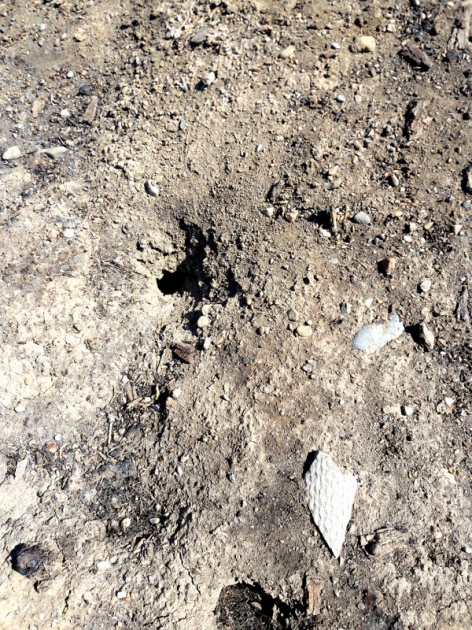
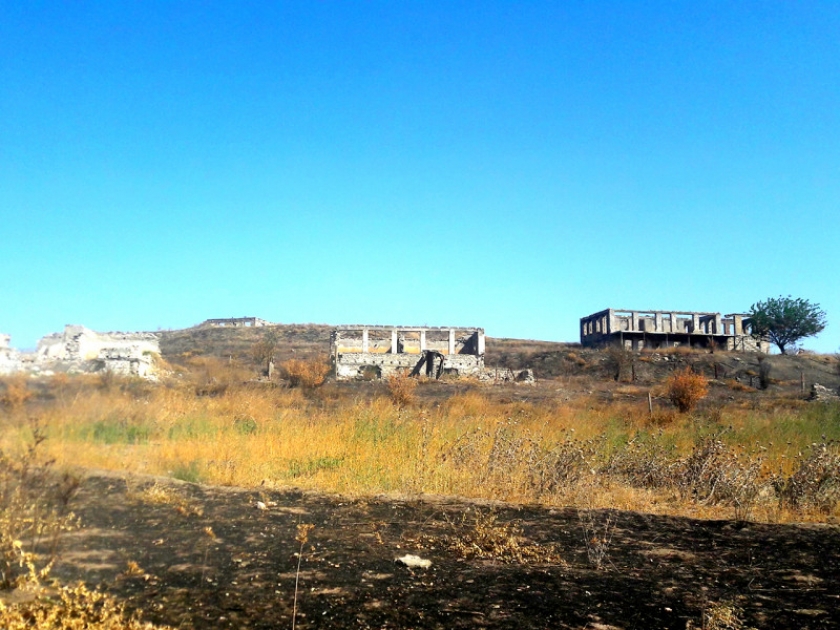
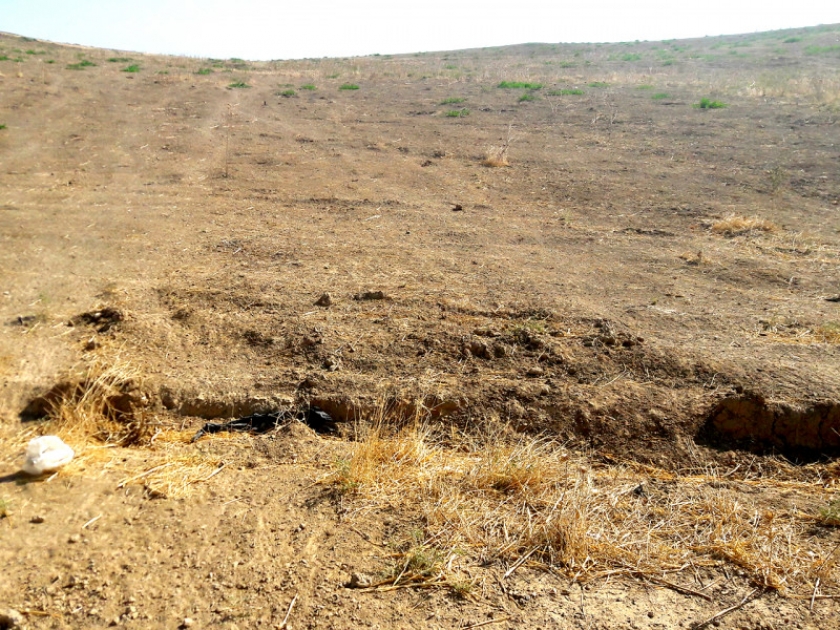
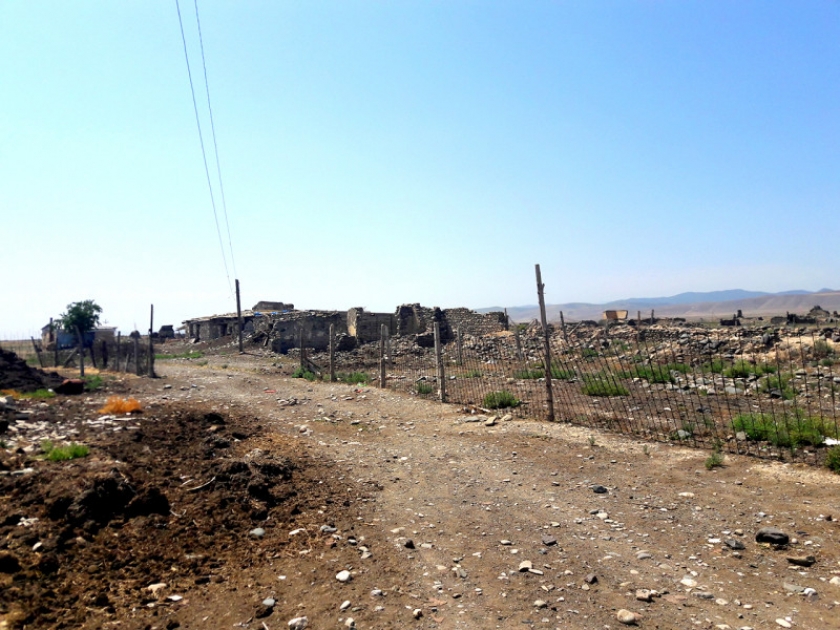
Baku, January 29, AZERTAC
The London Post newspaper has published an article headlined “Nagorno-Karabakh Conflict: Ecological catastrophe of the 21st century”.
Written by Assistant to the President of the International Eurasia Press Fund (IEPF) Anastasia Lavrina, the article reads: “The Nagorno-Karabakh conflict between Armenia and Azerbaijan has lasted for more than 25 years and is known as one of the most protracted and bloody conflicts throughout the world. Since the beginning of the Armenia’s occupational policy against Azerbaijan, as a result of which 20% of the territory of Azerbaijan, including the territory of Nagorno-Karabakh and seven surrounding regions, are under the control of the Armenian armed forces, the positions of both sides on the peaceful settlement of the conflict contradict one another. In spite of the four resolutions of the UN Security Council calling for the immediate, complete and unconditional withdrawal of Armenian troops from the occupied territories of Azerbaijan, Armenia continues to ignore baselessly all the principles of international law on territorial integrity.
More than 25 years the conflict causes difficulties to human development, economy, industry and agriculture in the occupied territory, as well as in the front-line regions of Azerbaijan. The richest minerals of Azerbaijan, including 5 gold deposits, remained in the occupied territories. For example, in the Kalbajar region of Azerbaijan, there is an exploited gold deposit, which is currently used by Armenians as a source of profit. There is an illegal looting of minerals, deposits of precious stones, which are then transferred to Armenia. Absence of a permanent population in the occupied territory and unprocessed fields is a good environment for the influx of rodents, which then move to the front-line villages of Azerbaijan and threaten the development of agriculture there.
The impact of military operations on environment is very destructive. In recent years, environmental indicators in the occupied areas and in the front-line villages have significantly worsened, if not exacerbated. Constant shelling of nearby villages, arson of the fields and blockage of water supply from the Sarsang water reservoir located in the occupied territory provoked an ecological catastrophe, the scale of which only increases day by day.
The largest in the Nagorno-Karabakh Sarsang water reservoir is located on the Terter River in the north part of the Nagorno-Karabakh region of Azerbaijan, which is now occupied by the Armenian armed forces. The total volume of the reservoir is estimated as 560 million cubic meters. Before the occupation, this reservoir provided up to 100 hectares of land in 6 districts of Azerbaijan with irrigation water (Terter, Barda, Aghdam, Goranboy, Yevlakh and Aghjabadi). Today, this reservoir has become a weapon in the hands of the occupiers. In winter, water runs into Terter River in too large volumes, which leads to floods and destruction. In summer, when the water is needed by the population for agricultural work, and the weather in Azerbaijan is quite hot, the supply of water from the reservoir is blocked. Of course, such a contrast influence changes the structure of the soil and reduces its fertility. Moreover, as a result of the lack of technical control, the probability of reservoir’s dam destruction, which was built as far back as in 1976, is very high. It can lead to the flooding of several regions of Azerbaijan.
Due to lack of water, and also because of constant shelling, a large area of land in the front-line villages on both sides is not irrigated. It leads to appearance of cracks and destruction of fertile layer of the earth. Lack of vegetation cover negatively affects the productivity of the land. In addition, the frequent occurrence of rodents leads to the formation of holes in the ground and decrease the economic efficiency of regional development.
It should also be noted that the cases of arson in the occupied territory aimed at destruction of the forest areas are not uncommon. The arson of the villages of Aghdam, Fuzuli, Jabrayil, Terter and Khojavand districts were observed. Moreover, the cases of arson attacks in the front-line regions of Azerbaijan by the Armenian armed forces are also detected. It leads to burning out the small part of the crop that local people are capable to produce. The flame is spreading around, burning all the vegetation on its way and causing serious damage to the environment and wildlife. Considering the fact that for many people, land ownership is the main way to earn money, the destruction of crops destroys the ability of people to earn and feed their families. In addition, constant shelling of the front-line regions makes it dangerous for life to deal with farming in open areas.
It is important to mention the factor of pollution and poisoning of water. Over the years, the discharge of polluted waters from Armenia into the rivers of the region has been regularly carried out. From the Kajaran Copper-Molybdenum and Kapan copper mines located on the territory of Armenia, the polluted waters merge into the Okhchuchay river, as a result of which the river basin is turned into a dead zone. Microflora and fauna of the river are completely destroyed; the process of self-purification of water is stopped.
By such behavior, Armenia violates not only the principles of territorial integrity of another state, but also a number of conventions and resolutions, which prohibit the destruction of movable and immovable property of the occupied state. Moreover, as a partner of the United Nations Environment Program (UNEP), the state’s current policy contradicts with the UN environmental standards.
Despite the calls of some representatives of the world community, associations and specially created monitoring missions on the need to prevent the ecological catastrophe provoked by the protracted Nagorno-Karabakh conflict, the Armenian community continues to ignore all the appeals. Moreover, it does not allow experts to visit the occupied regions and assess the scale of the environmental catastrophe, which continues to increase. There is a need for a broader coverage of this problem at the international level. It is important to involve experts and monitoring groups, especially now when “Sustainably manage forests, combat desertification, halt and reverse land degradation, halt biodiversity loss” is one of the United Nations Sustainable Development Goals.”
